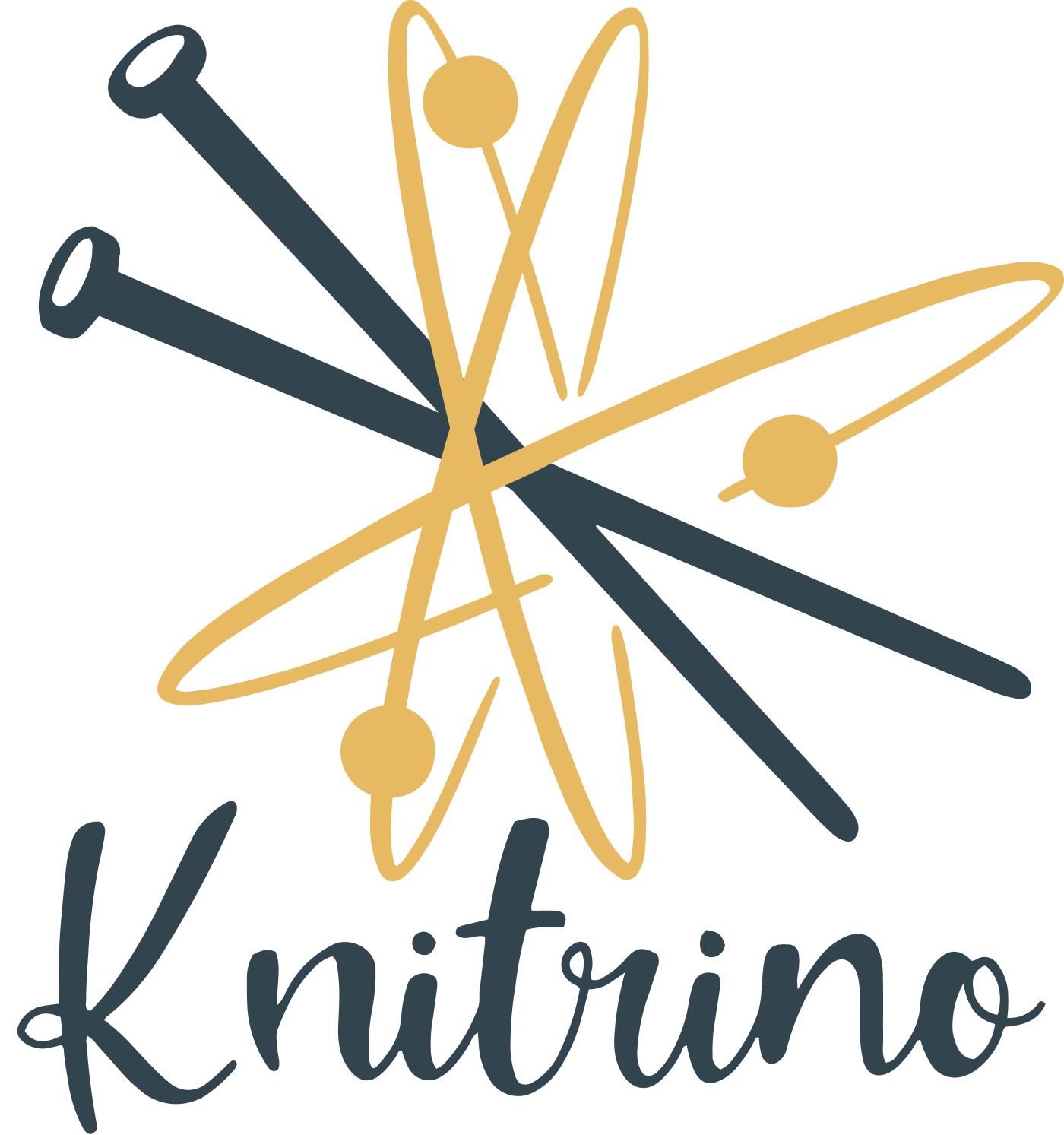How to Knit an Afterthought Thumb
Overview
We’ll just start out by saying that “afterthought” is a bit of a misnomer in this case. This is a planned “afterthought” thumb. You can also knit an afterthought thumb without planning it (essentially skipping the waste yarn step and snipping your knitting), but it’s a little less elegant and results in a not-quite-as-lovely end product.
For this post, we’ll be talking specifically about the Goldie Mittens designed by the talented Fay Kennington, but the same process can be used on any old mitten. Want to get the pattern? Click the image below from your phone, or install Knitrino from either app store.
Why Use and Afterthought Thumb?
When knitting stranded colorwork, adding a gusset to your knitting can be fiddly. (A “gusset” is created by gradually increasing to add extra stitches to your work to accommodate body shape.) In fact, with the Goldie Mittens, we started with a colorwork thumb complete with gusset, but we found it to be so fiddly, we thought most knitters wouldn’t like it. We believe first and foremost, knitting should be enjoyable! So, along with Faye’s input, we engineered this afterthought thumb to be one of the best afterthoughts we’ve seen (and it went through at least 4 iterations!)
With colorwork mittens, choosing the placement of the thumb stitches matters, because it may cause your mitten to rotate on your hand in an undesired way. For the Goldie Mittens, the thumb is placed in the center of the round. This has a few benefits with the Goldie Mittens:
The right and left mittens can be identical, which is easier on the human brain and also a lot less confusing for our left-handed friends (just trust us on that one.)
This keeps the edge striping on the sides of the hands, so the motif stays centered on the palm and back of hand.
Secondly, where you place the thumb vertically matters, both so it fits your hand appropriately, and so it’s not overwhelming to work the stitches. We intentionally placed the thumb at a natural break in colorwork motifs, and directly below a non-stranded row (in other words, below a row that is only one color.) Both of these things not only make the thumb look better on the mitten, but make it easier to work the stitches.
If you didn’t have a solid row above the thumb, when you return to the stitches of that upper row, you’ll also have the upside-down floats from stranding to deal with. While it’s not difficult, it can be confusing as to what you’re supposed to do with them, so we thought it best to just eliminate that confusion.
Small Mitten showing waste yarn stitches where thumb will go.
Large Mitten showing waste yarn stitches where thumb will go.
Step 1: Insert Waste Yarn as a Placeholder for Thumb
Once you know where you want the thumb, you’ll just knit the thumb stitches onto contrasting waste yarn. In Knitrino, this is really easy, because we tell you exactly where the thumb stitches go. Once you’ve inserted the correct number of stitches, transfer those stitches back the the holding needle and work them again on the next partial round. (“Holding needle” means the needle holding the stitches to be worked. For right-handed knitters, this is the left needle, and for left-handed mirror knitters, it’s the right needle.) Then finish up your mitten, and when you’re all done with the hand, you’ll return to the thumb stitches.
Step 2: Remove the Waste Yarn and Knit the Thumb!
Once you’re ready to add the thumb, place the leading edge of each stitch below the waste yarn onto 1 DPN and the leading edge of each stitch above the waste yarn onto another. Then just pick out the waste yarn one stitch at a time, and you’ll have your thumb stitches ready to work!
Knit across the bottom stitches, then pickup a stitch in between the lower and upper stitches. Rotate the mitten to work across the top stitches, and pickup one more stitch. Join in the round, and your thumb will appear! The video below shows all of this for both right-handed (0:00) and left handed (2:59) knitters.
Want to give it a try? Get the Goldie Mittens, available exclusively in Knitrino. To get the pattern, install Knitrino from either app store, or click the image or button below from your phone. 📱




